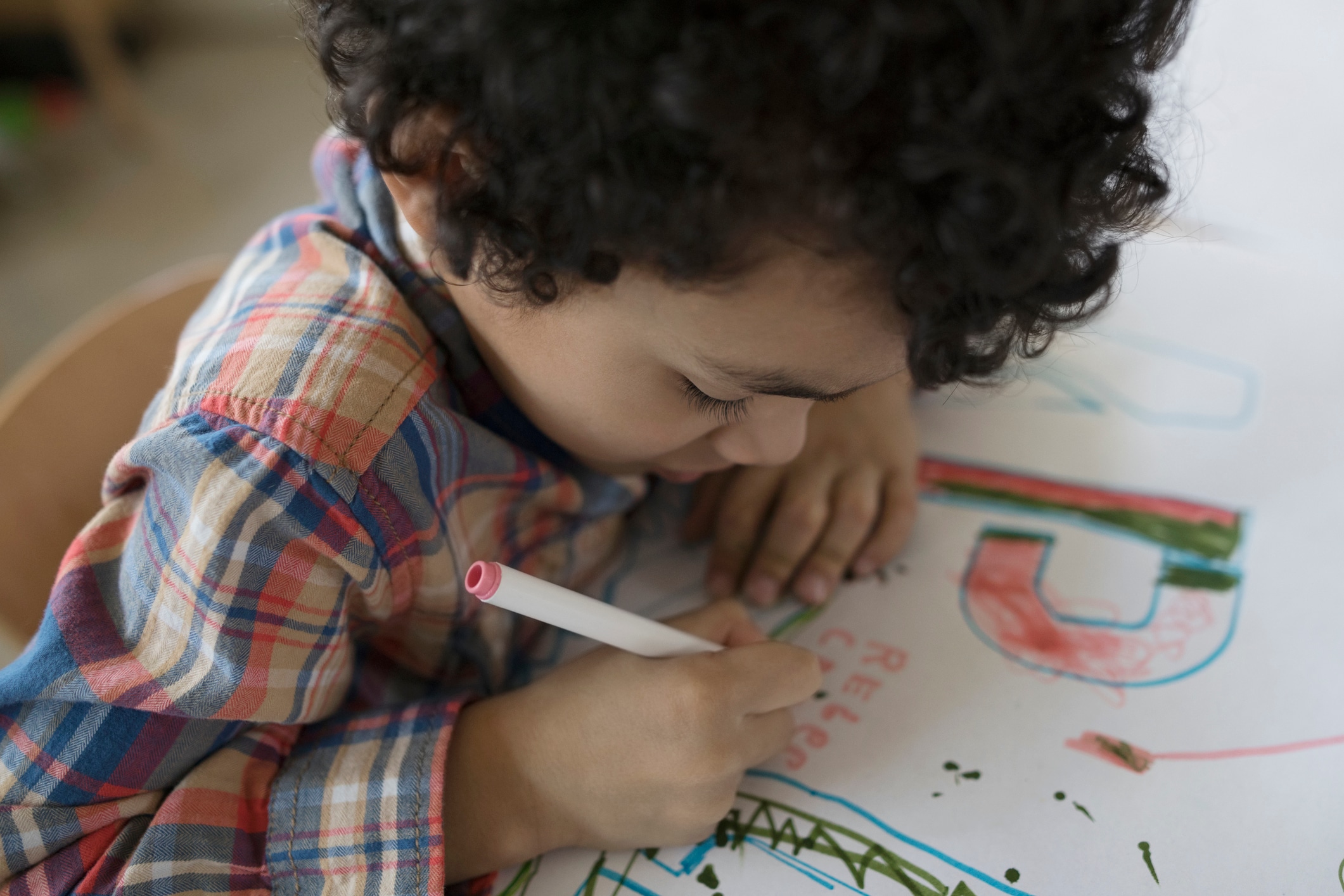Desired among teachers, coaches and parents alike, shoe tying is a skill that we desperately want out children to know because it’s important. Not only a life skill that is a must to learn, it helps us parents from having to tie shoe laces over and over until our fingertips hurt. There are many suggestions, tips and tricks as to how to help your little one learn to tie their shoes but only a few tried and true methods.
Check out some of our helpful tips here that are sure to spare your fingers and give your little one some independence when it comes to learning those laces.
The Loop Method:
- Make a cross
- Take the top lace under the cross and through the hole
- Make a loop in one lace
- Wrap the other lace around the loop and push some lace through the hole that is made at the bottom to make a second loop
- Pull both loops tight
The Two Loop Method (also known as Bunny Ears):
- Make a cross
- Take the top lace under the cross and through the hole
- Make a loop out of both laces
- Cross the loops
- Move the top loop under and through the hole
- Pull both loops tight
The Push-and-Pat Method (for children that continue to struggle learning this skill or younger ages)
- Make a cross
- Take the top lace under the cross and through the hole
- Repeat the two steps above so that you have a loose knot
- Take the end of one lace and pass it back through the knot where it came out
- Do the same with the other lace
- Pull those laces so that your bow loops are the right size
- Pull the loops tight
When practicing tying a shoe it’s best to have an actual shoe in your lap or example to practice on. Often, kids try to practice while they have a shoe on their foot and this can be harder to place the shoe appropriately where it can be seen best. Get extra laces or shoes and let children practice with extra pairs while sitting in the floor or at a table.
You can also print off example shoes then cut them out and laminate. Attach to a box and punch holes for the laces. This will help kiddos to have a stable “shoe example” to practice tying while not giving them too much pressure to learn too fast.





